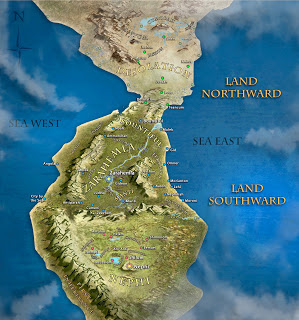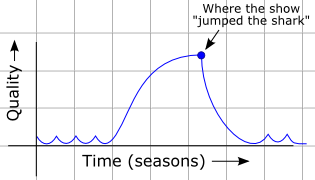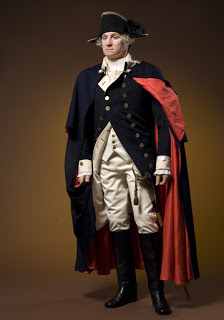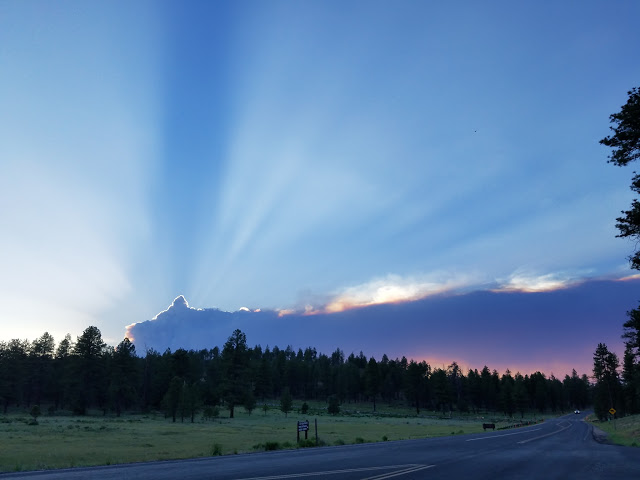The First Presidency taught…
The First Presidency taught Elder Parley P. Pratt (1807–57) when he was a newly called member of the Quorum of the Twelve Apostles: “You have enlisted in a cause that requires your whole attention; … become a polished shaft. … You must endure much toil, much labor, and many privations to become perfectly polished. … Your Heavenly Father requires it; the field is His; the work is His; and He will … cheer you … and buoy you up.”1
Footnote 1 is “Autobiography of Parley P. Pratt, ed. Parley P. Pratt Jr. (1979), 120.
The original source for this passage is Minutes and Blessings, 21 February 1835, found in the Joseph Smith papers here: http://www.josephsmithpapers.org/paper-summary/minutes-and-blessings-21-february-1835/2
The passage follows this explanation: “The following charge was then given Elder P. P. Pratt by President O. Cowdery.”
This charge, given by Oliver Cowdery, was done on behalf of the First Presidency. This is why President Eyring tells us that “the First Presidency taught” Elder Pratt, even though it was Oliver who did the instructing.
At the conclusion of Oliver’s charge, the minutes record this:
“Elder Pratt gave his hand to President O. Cowdery and said he had received ordination and should fulfil the ministry according to the grace given him. To which the President replied, Go forth and Angels shall bear thee up and thou shalt come forth at the last day bringing many with thee.”
Can there be any doubt that Oliver Cowdery acted with the authority of the First Presidency?
That same month, February 1835, the Messenger and Advocate published Oliver Cowdery’s letter IV. A few months later, in July 1835, Oliver published Letter VII.
Because it contradicts their theories (the two-Cumorahs and Mesoamerican theories), many LDS scholars and educators still try to persuade members of the Church that Letter VII is false. They actually want you to believe that Oliver Cowdery, who was the Assistant President of the Church at the time, acted with the authority of the First Presidency in all matters except for certain passages of this one letter.
Think about that for a moment.
_____________
The Mesoamerican activists want you to believe that Oliver (and Joseph Smith, who helped write these letters and endorsed them multiple times) were ignorant speculators who misled the Church. This is especially ironic because Oliver started Letter VII by pointing out that “any tune can be played upon the bible.” As he explained, “What is here meant to be conveyed, I suppose, is, that proof can be adduced from that volume, to support as many different systems as men please to choose.”
It was specifically to avoid that problem that Oliver wrote with clarity and precision about the early history of the Church. He noted that “men, in previous generations, have, with polluted hands and corrupt hearts, taken from the sacred oracles many precious items which were plain of comprehension, for the main purpose of building themselves up in the trifling things of this world.”
It seems possible, if not likely, that Oliver anticipated a future time when even members of the Church would question basic facts about Church history that were well known in his day. Perhaps it was for that reason that he emphasized the fact that the hill in New York, where Joseph found the plates, was in reality the Hill Cumorah of the Book of Mormon. Here’s what he wrote:
“At about one mile west rises another ridge of less height, running parallel with the former, leaving a beautiful vale between. The soil is of the first quality for the country, and under a state of cultivation, which gives a prospect at once imposing, when one reflects on the fact, that here, between these hills, the entire power and national strength of both the Jaredites and Nephites were destroyed.
“By turning to the 529th and 530th pages of the book of Mormon you will read Mormon’s account of the last great struggle of his people, as they were encamped round this hill Cumorah. (It is printed Camorah, which is an error.) In this valley fell the remaining strength and pride of a once powerful people, the Nephites-once so highly favored of the Lord, but at that time in darkness, doomed to suffer extermination by the hand of their barbarous and uncivilized brethren. From the top of this hill, Mormon, with a few others, after the battle, gazed with horror upon the mangled remains of those who, the day before, were filled with anxiety, hope, or doubt. A few had fled to the South, who were hunted down by the victorious party, and all who would not deny the Savior and his religion, were put to death. Mormon himself, according to the record of his son Moroni, was also slain.
“But a long time previous to this national disaster it appears from his own account, he foresaw approaching destruction. In fact, if he perused the records of his fathers, which were in his possession, he could have learned that such would be the case. Alma, who lived before the coming of the Messiah, prophesies this. He however, by divine appointment, abridged from those records, in his own style and language, a short account of the more important and prominent items, from the days of Lehi to his own time, after which he deposited, as he says, on the 529th page, all the records in this same hill, Cumorah, and after gave his small record to his son Moroni, who, as appears from the same, finished, after witnessing the extinction of his people as a nation.”
_________________
The Mesoamerican advocates want you to disbelieve what Oliver wrote here because it directly contradicts their own theories.
But isn’t their approach exactly what Oliver was seeking to refute?
The Mesoamerican activists are “playing their own tune” on the writings of Oliver Cowdery, specifically repudiating what he so clearly and unambiguously declared.
Remember that whenever you read about Book of Mormon geography in BYU Studies, FairMormon, the Intepreter, Book of Mormon Central, Meridian Magazine, or any other member of the citation cartel.
Source: Letter VII










